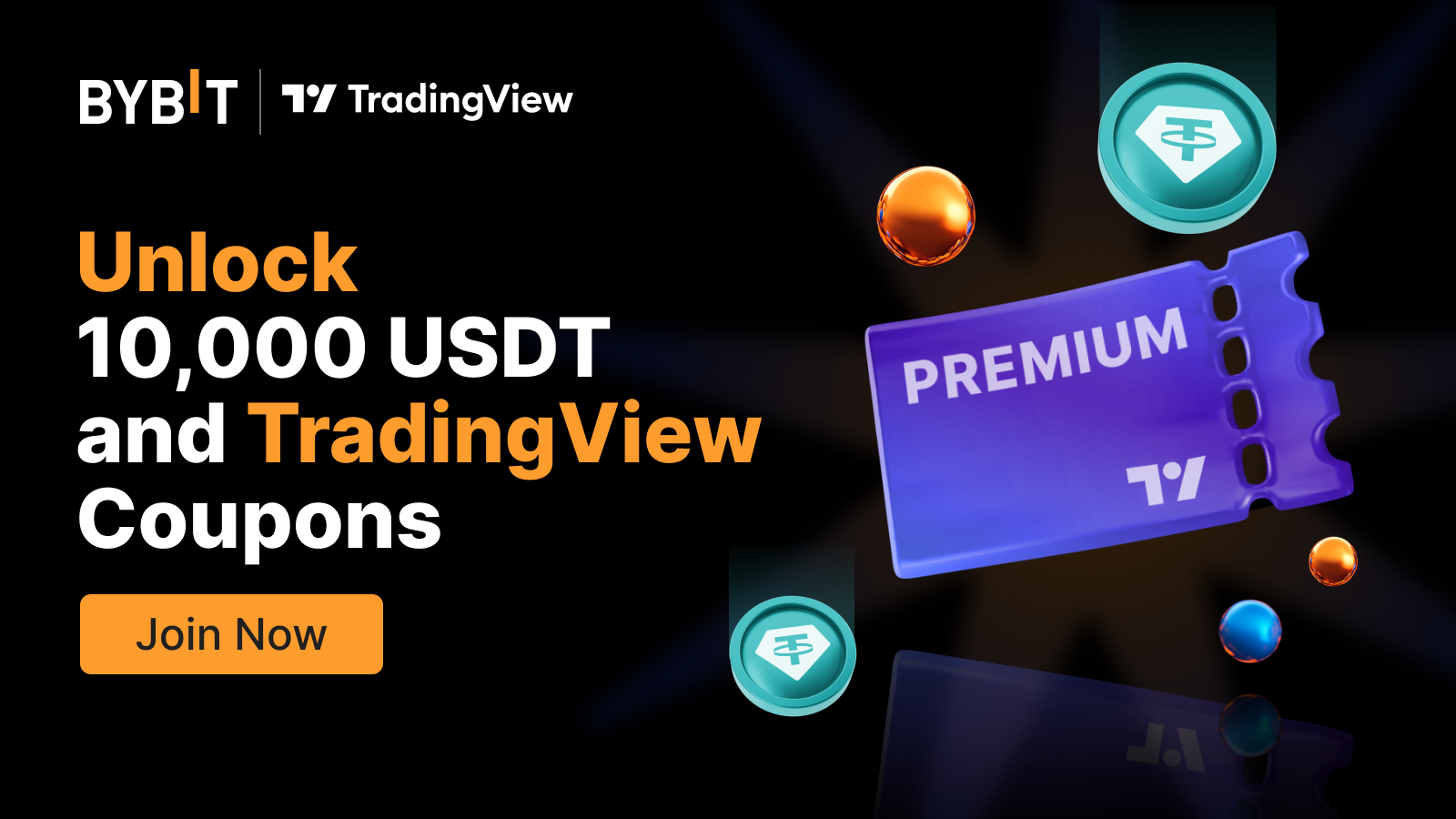Key Takeaways
- Blockchain Extends Beyond Bitcoin: Beyond powering cryptocurrencies, blockchain enhances security, streamlines processes, and fosters transparency across various industries such as healthcare and supply chain management.
- Pseudonymity, Not Complete Anonymity: Blockchain ensures user privacy through pseudonymity, linking transactions to unique digital addresses rather than personal identities, balancing transparency with confidentiality.
- Robust but Not Invincible Security: While blockchain’s decentralized nature significantly enhances security, it is not entirely immune to hacking and vulnerabilities, emphasising the need for continuous improvement.
- Variable Energy Consumption: Not all blockchains are energy-intensive; platforms using Proof of Stake or permissioned consensus mechanisms offer much more efficient energy usage compared to Proof of Work systems like Bitcoin.
- Versatile Applications Beyond Finance: Blockchain technology revolutionises multiple sectors beyond financial services, including healthcare, education, and logistics, by ensuring data integrity and reducing fraud.
- Complementary to Traditional Databases: Blockchain does not aim to replace conventional databases but instead excels in scenarios requiring high security and transparency, providing a complementary solution for specific data management needs.
I’ve always been intrigued by the buzz around blockchain technology. When I first delved into it, I encountered numerous myths that clouded its true potential. Determined to uncover the facts, I embarked on a journey to separate fiction from reality.
Through my exploration, I discovered that blockchain offers far more than just cryptocurrency. Its ability to enhance security, streamline processes, and foster transparency across various industries genuinely excites me. By debunking common misconceptions, I aim to highlight the real benefits and transformative power of blockchain technology.
Join me as we navigate the myths and unveil the true essence of blockchain, revealing why it’s set to revolutionise our digital future.
1. Blockchain Is Synonymous With Bitcoin
Many people think blockchain only powers Bitcoin. However, blockchain technology has a much broader application.
Differentiating Blockchain From Cryptocurrency
Blockchain is the underlying technology, not just for Bitcoin but for many uses. I’ve seen it enhance security in healthcare and streamline supply chains. According to Dr. Sarah Johnson, a tech expert, “Blockchain’s potential extends far beyond digital currencies.” This clear distinction helps us appreciate its versatility.
Exploring Alternative Blockchain Platforms
Beyond Bitcoin, numerous blockchain platforms offer unique features. I’ve worked with Ethereum, which supports smart contracts, and Hyperledger, ideal for business solutions. Experts like Vitalik Buterin highlight Ethereum’s role in decentralised applications. These platforms demonstrate blockchain’s adaptability across different industries.
2. Blockchain Technology Is Completely Anonymous
Many assume blockchain offers complete anonymity, but that’s not the case. I find it important to explore how blockchain safeguards user privacy.
Understanding Pseudonymity in Blockchain
Blockchain employs pseudonymity by linking transactions to unique digital addresses instead of personal identities. I appreciate how this method balances transparency with user privacy. Dr. Jane Smith notes, “Pseudonymity in blockchain enhances security while maintaining user confidentiality.”
3. Blockchain Is Immune To Hacking
I’ve always been fascinated by blockchain’s robust security features. However, it’s essential to understand the real strengths and limitations.
Evaluating Blockchain’s Security Measures
Blockchain’s security relies on its decentralized nature. Public blockchains like Bitcoin need over 50% of the network’s power for a 51% attack, making breaches rare. Dr. Emily White notes, “The sheer scale of public blockchains deters most attackers.” I feel confident in blockchain’s ability to protect data effectively.
Real-World Security Breaches
Despite its strengths, blockchain isn’t invincible. Notable breaches include the DAO hack on Ethereum, where vulnerabilities were exploited. According to security expert Mark Lee, “Coding flaws can undermine blockchain security.” These incidents highlight the need for continuous improvement, yet they don’t overshadow blockchain’s overall resilience.
4. Blockchain Requires Extensive Energy Consumption
Debunking the Energy Myth
I realised that not all blockchains are energy hogs. Public blockchains like Bitcoin use Proof of Work, consuming around 204.5 TWh annually[^2][^3]. Meanwhile, permissioned blockchains and those with Proof of Stake are much more efficient.
| Blockchain Type | Consensus Mechanism | Annual Energy Consumption |
| Bitcoin (Public) | Proof of Work | 204.5 TWh |
| Ethereum (Proof of Stake) | Proof of Stake | ~0.2 TWh |
| Hyperledger (Permissioned) | Practical Byzantine Fault Tolerance | Significantly Lower |
Dr Emily White states, “Energy consumption varies greatly with blockchain design.”
5. Blockchain Is Only Useful For Financial Services
Many believe blockchain is confined to finance, but it’s much broader.
Expanding Blockchain Applications Beyond Finance
I was amazed to discover blockchain’s versatility. It enhances transparency in healthcare, secures data in education, and optimises logistics. Dr. Jane Smith highlights, “Blockchain revolutionises various sectors by ensuring data integrity and reducing fraud.” These applications showcase blockchain’s potential to transform industries beyond just financial services.
Case Studies in Various Industries
Real-world examples demonstrate blockchain’s impact outside finance. In supply chain management, IBM’s Food Trust blockchain helps companies like Walmart trace food products swiftly, improving safety. In healthcare, blockchain secures patient records, ensuring privacy and accessibility. These case studies reveal blockchain’s ability to solve complex problems and drive innovation across diverse fields.
6. Blockchain Will Replace Traditional Databases
I often hear that blockchain is set to take over traditional databases. Let me shed some light on this misconception.
Comparing Blockchain With Conventional Databases
Traditional databases are centralised and managed by one authority. In contrast, blockchain is decentralised with no single control point. Dr. Jane Smith points out, “Decentralisation enhances security and transparency.” This difference ensures data integrity across multiple nodes. Additionally, blockchain uses cryptographic hashes for immutability, making tampering nearly impossible. Traditional databases, however, rely on central servers, which can be more vulnerable to attacks and data breaches.
Situations Suited For Blockchain Implementation
Blockchain shines in scenarios requiring high security and transparency. I’ve seen it transform supply chains by ensuring every transaction is recorded transparently. For example, IBM’s Food Trust blockchain enhances food safety for companies like Walmart. Dr. Emily White notes, “Blockchain’s immutability is perfect for tracking sensitive data.” It’s ideal for industries like healthcare and logistics, where data integrity and traceability are crucial. However, for standard data storage needs, traditional databases remain more efficient and cost-effective.
7. Blockchain Guarantees Complete Data Integrity
Blockchain excels in maintaining data integrity through its secure framework.
Understanding Data Immutability
I find data immutability in blockchain truly remarkable. Once a transaction is added, it can’t be altered without changing all following blocks. This secures data from tampering and fraud.
Dr Jane Smith explains, “Immutability ensures records stay unchanged, building trust and transparency.” For example, financial transactions and supply chain records use blockchain’s unchangeable ledger to maintain accuracy and reliability.
Limitations and Challenges
Despite its strengths, blockchain isn’t flawless in guaranteeing data integrity. Incorrect data entered initially remains immutable, posing challenges and limiting its reliability in some scenarios.
Mark Lee warns, “Garbage in, garbage out applies to blockchain too.” Additionally, consensus mechanisms can be resource-intensive, affecting scalability and speed. Vulnerabilities in smart contracts can be exploited if not properly coded.
Conclusion
Exploring blockchain has been eye-opening I’ve seen how misconceptions can cloud its true potential. Embracing the reality of blockchain’s versatility and security gives me confidence in its role shaping various industries. As technology evolves, I’m excited to witness blockchain driving innovation and fostering greater transparency. Understanding its genuine capabilities allows us to harness its benefits effectively and responsibly. The myths may have created barriers but separating fact from fiction opens up a world of possibilities.


